Why Culture Change is Hard
Originally Published on August 18, 2022
August is Culture Month at Charthouse! Follow along on the change course podcast, and via our LinkedIn, Twitter and Instagram for all our great content this month on culture change!
Have you ever head the saying “the more things change, the more they stay the same” It is one of my favorites! The original, in French is “plus ça change, plus c'est la même chose” and was written by Jean-Baptiste Alphonse Karr in the 1849 of his Paris journal, Les Guêpes, as a call to action against complacency in French culture and society. And at the same time, 170 years later, we can still define an essential French culture which is as timeless as the baguette itself.
Culture is one of the most integral and constant forces within organizations. Even with staff changes, leadership changes, expansions, acquisitions and mergers, culture stays constant within organizations over years. Even though Heraclitus said: “change is the only constant in life” he had obviously not met company culture yet!
When leaders seek to change culture, it is one of the hardest things they will endeavor to do. Nothing about culture change is easy. When we talk about change slippage, regression and failure, most often this happens in the context of culture.
If change goes against the dominant culture, it will fail. The gravitational pull of culture is strong. These undercurrents in an organization are relentless and there is a compelling reason for the saying “Culture eats strategy for breakfast” anything that goes against culture will fail.
There are several reasons why this happens. Organizational systems are built for sustainability and performance. Culture is part of the organizational system, and as we know, systems like to be in homeostasis, or steady state. Where the system defines what happens and how, culture keeps the system in line based on the behaviors, interactions and norms that define the boundaries of accepted and not accepted patterns that keep the system operating. Culture also defines how the organization works. What is valued and rewarded, what is unacceptable, reprimanded and tolerated. We humans are part of these systems, and our social nature and response to social hierarchies keeps this in place. Behaviors and interactions bring these beliefs and understandings to life. How we interact and respond to one another in the context of the organization is culture.
Changing culture must be done within the context of the operating model of the organization. If culture change goes too far out of bounds of what the organization does, it won’t work. Culture that is aligned with purpose can change, as long as it does so within the context of purpose and function.
Then, the culture must be defined by the essential interactions, behaviors and the reinforcements, rewards and systems that maintain and uphold the organization. When we look at culture change from this lens, it requires an in-depth understanding of these elements as well as a clear definition of what to change, and how to change. Then, there are structural elements that need to be changed as well. Culture change is a big endeavor!
The last and most important point is that culture change is driven from the top-down. If you’re a leader who wants to change the culture, you need to start with your leadership team. And this part is difficult to do for some, but if there are people on your leadership team who do not embody the culture you are building and are not buying in, they can’t continue to lead in your organization. Culture will take the form of the worst behavior tolerated, not the best behavior demonstrated, and it goes without saying that your leadership team must be exemplars of the best behaviors. Leadership has the power through both structure and influence to demonstrate and enforce cultural norms. In culture change, this role become integral.
Given the complicated and multifaceted nature of culture, changing culture takes a long time. If you’re planning to change and strengthen your culture, it is something that needs to be central to strategy, with the plan and execution with a longer delivery timeline. Cultural change doesn’t happen overnight.
While it is difficult, changing culture can reap incredible rewards. I was recently working with a small organization that has built, over many years an incredible culture. There is a high degree of respect between colleagues, leadership is well respected and responsive and there is a collegiality and commitment to helping each other. This is within the context of the broader culture in their industry being cutthroat and toxic. The founders built an organization that they would want to work in, and over time, attracted like-minded individuals. Now, the team is robust and the leading organization in the city. They’re attracting more new recruits than their competitors in a market of staffing shortages and stiff competition. My advice to them was “don’t change a thing!” as they are positioned to reap the rewards of their outstanding culture for years to come.

